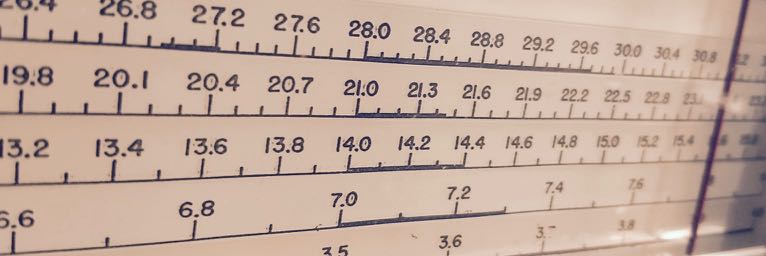Back by popular demand!
On our quest to solve UNID utility signals, SWLing Post contributor David Crawford, is asking for help again to ID yet another interval signal. David writes:
Here’s yet another memorable utili-tune from the deep archives here, again not my recording, origin uncertain.
This one has a date, time and frequency on the filename [19670811-2347-15910-VM unID] and therefore would have been 1967. I heard this one myself occasionally also, which would have been sometime during the mid-to-late 1970s. It would have overlapped with the same time period during which CTNE was using the 14985 kHz tune previously provided, so despite the broad similarity I would assume it wasn’t them. Unless of course they used different tunes for different circuits:
Readers: Can you positively ID this interval signal? If so, please comment!


Remember it well but as to where it came from its still a mystery with me. Another signal which I listened to during my early SWL days on the forty-meter band was, this signal is for tuning purposes only-I used it to determine whether I was LF or Hf of the amateur allocation on 7MHZ
Thomas…I am on my cell phone and cannot cut-and-paste the verifying link to my answer. May I kindly ask for you to place the link and/or provide an embedded audio player? Thanks
Count on yours truly to be johnny-on-the-spot with the answer. This is the musical marker for CPRM Lisboa, a radiotelephone terminal that provided overseas telephone and telegraph communications in the days prior to satellites. I remembered the non-broadcast HF frequencies being loaded to bursting with many of these radio services. When not scrambled for privacy, one could hear a telephone call in progress. Instead of a musical IS such as this one, most were loop tape voice ID’s in several languages (almost always including English). So naturally these musical loops made it quite difficult to know what exactly one was hearing, to say the least!
All I know is this is a popular Portuguese song. It’s called O VIRA.
I wonder if the folks at “Signsl ID” may have some clue
https://www.sigidwiki.com/wiki/Signal_Identification_Guide
there’s some quite knowledgeable people there, and if the signal doesn’t match any of the already identified ones, pinging them won’t be a bad idea
Will bet number of us probably have these utility signals in memory. I remember one and if possible will try to recreate it using a touch tone pad. Now to find one. Wonder if a computer’s keypad can be used for that?